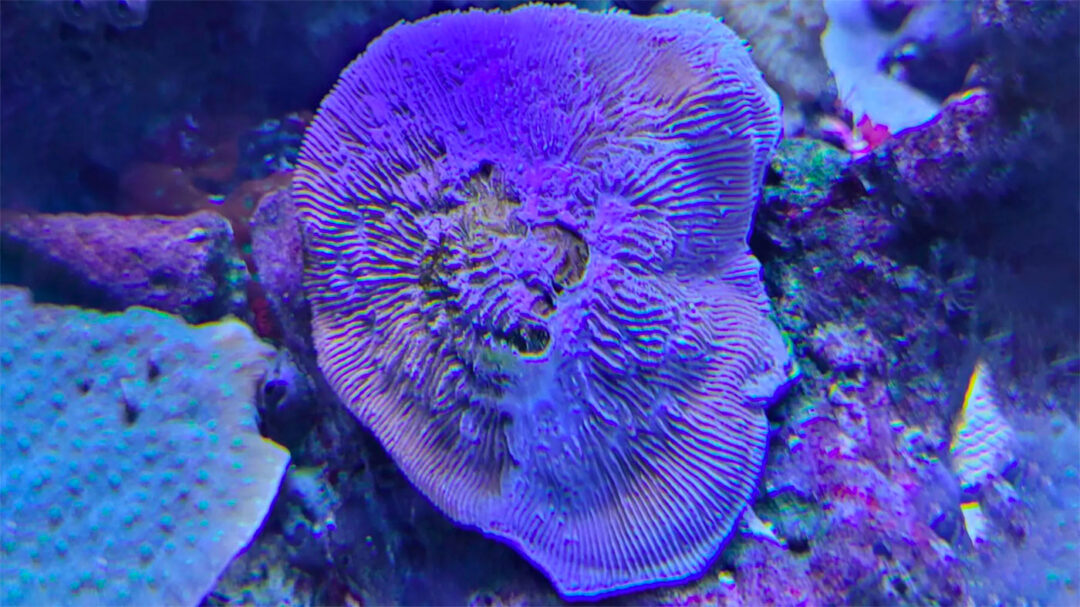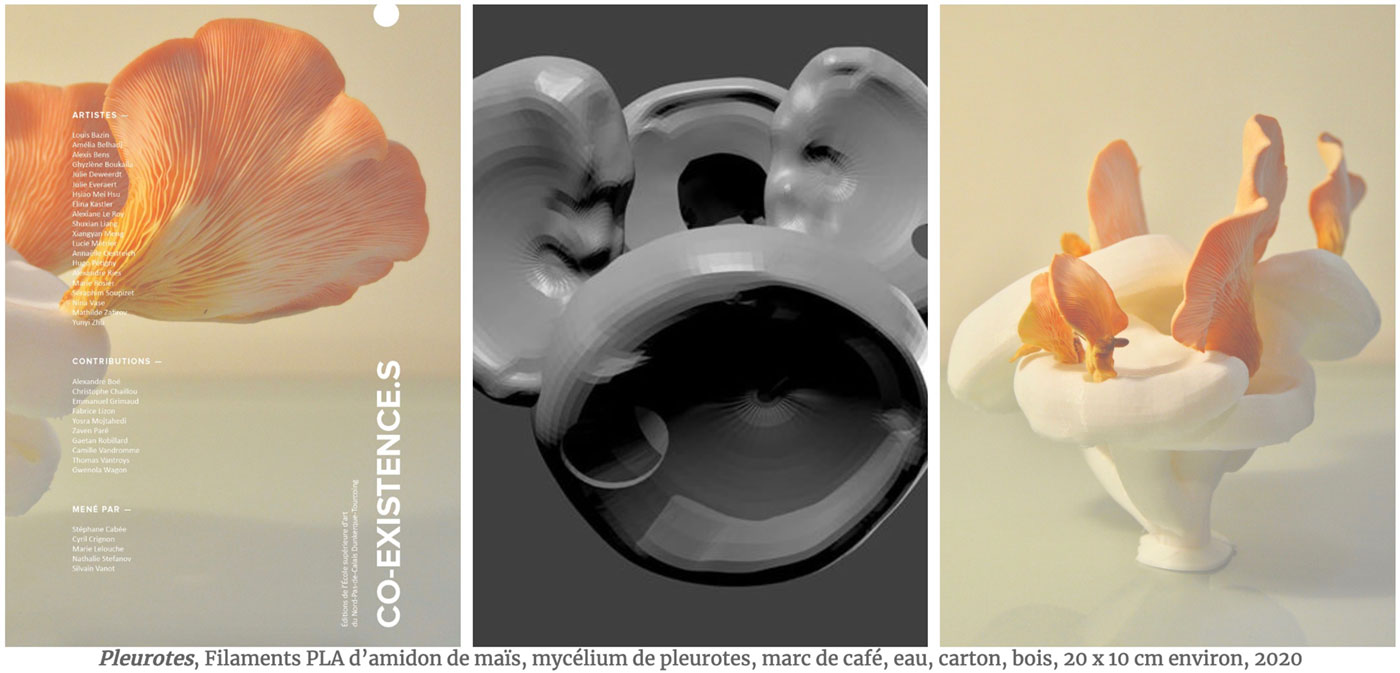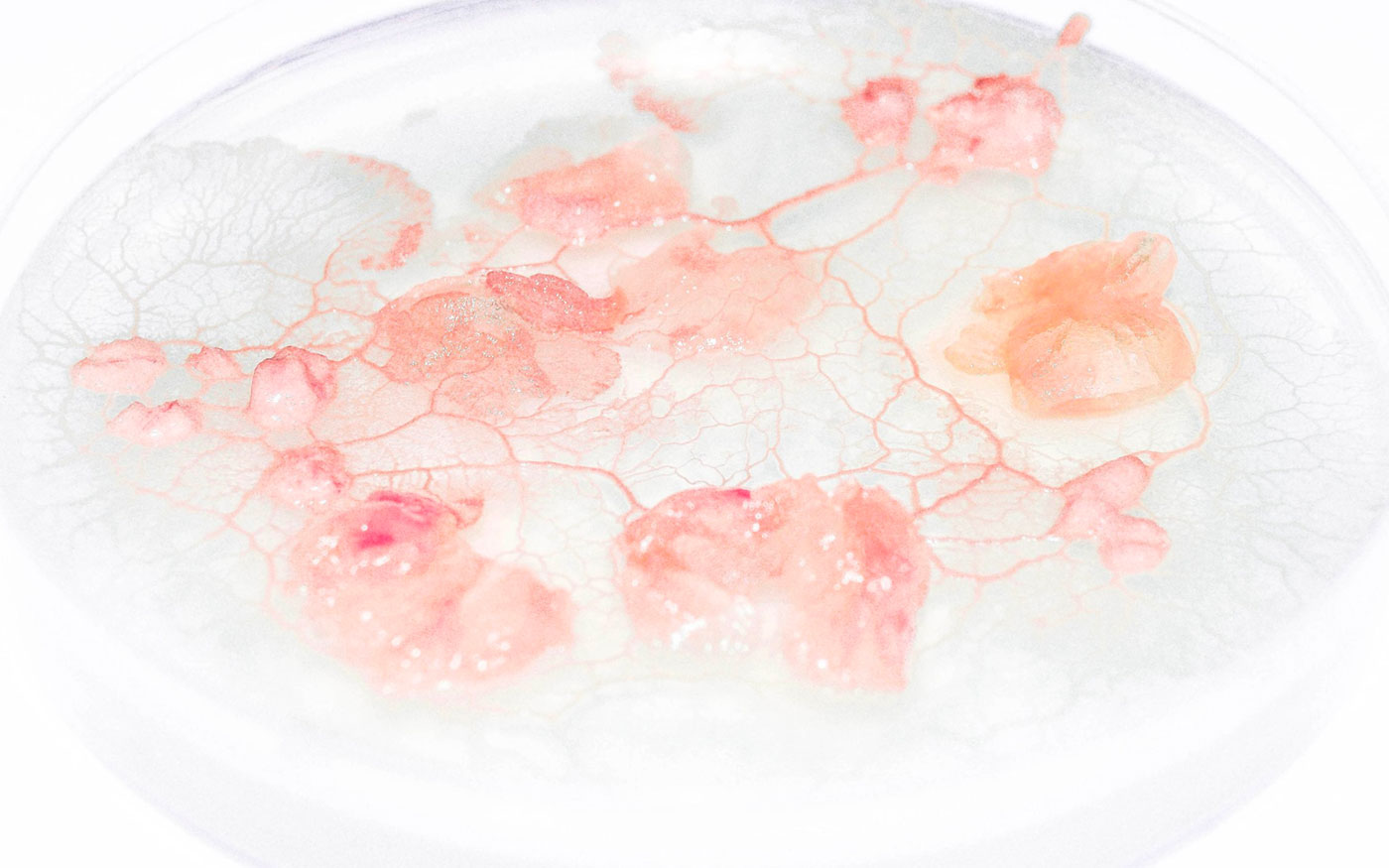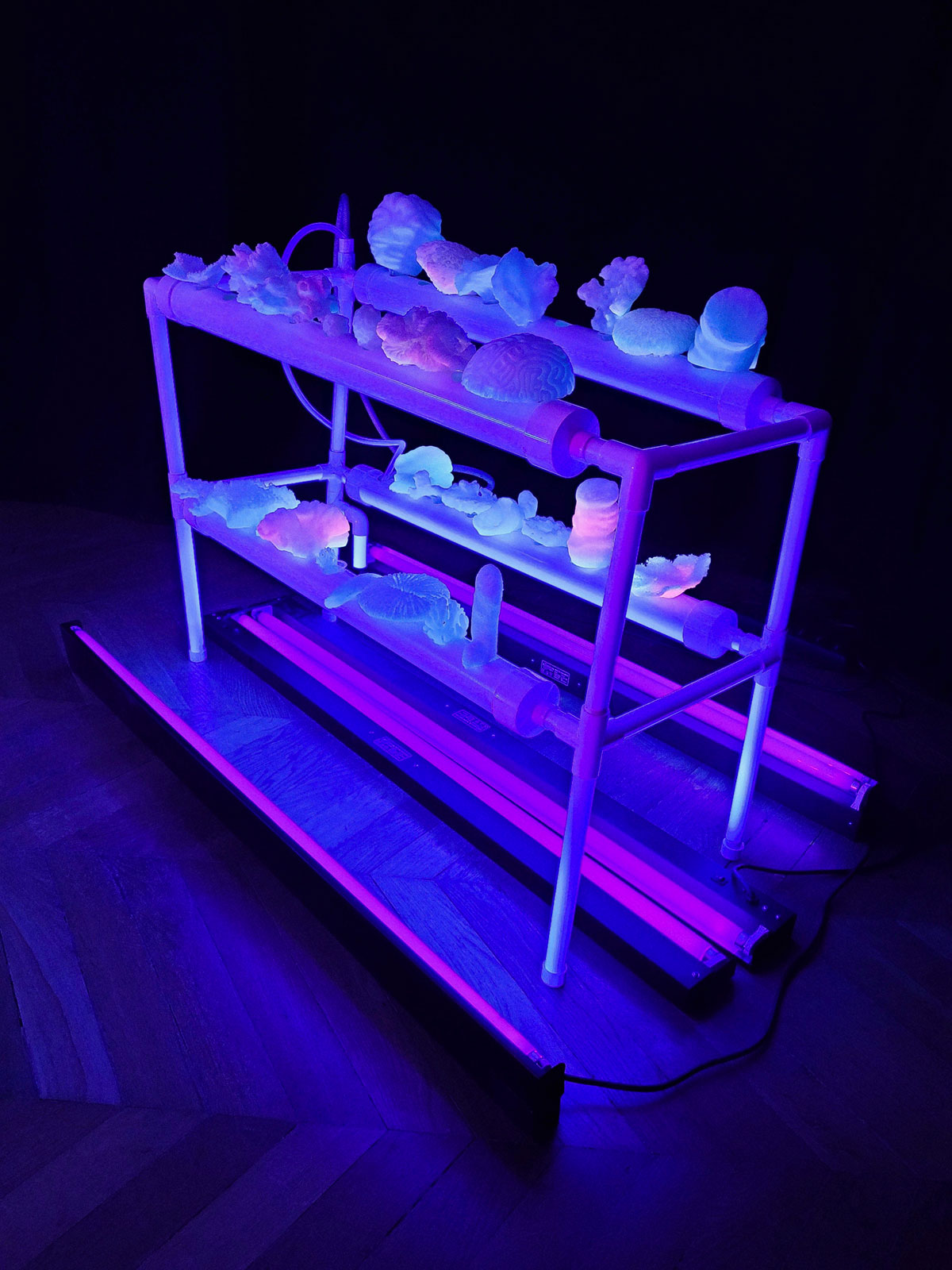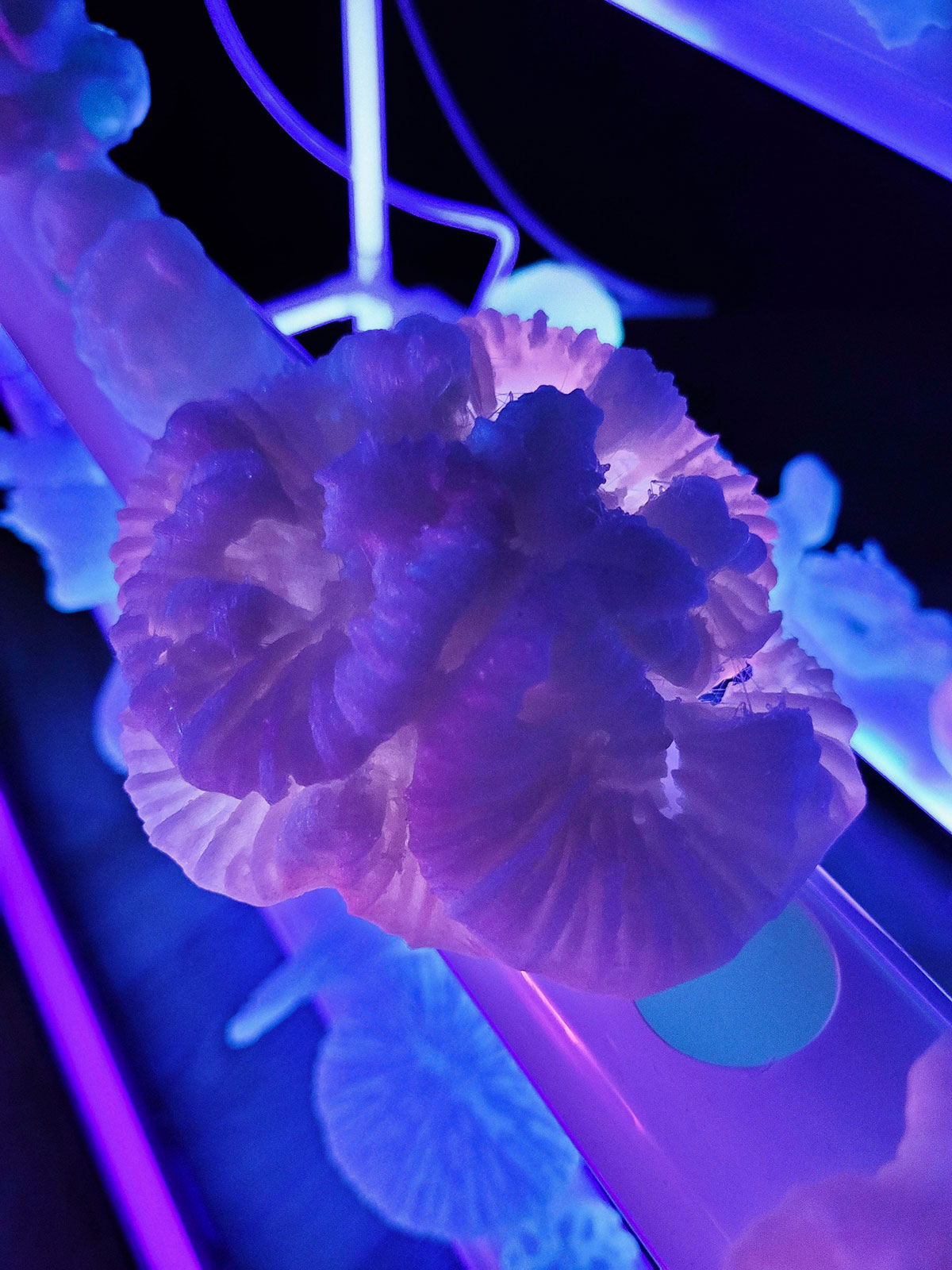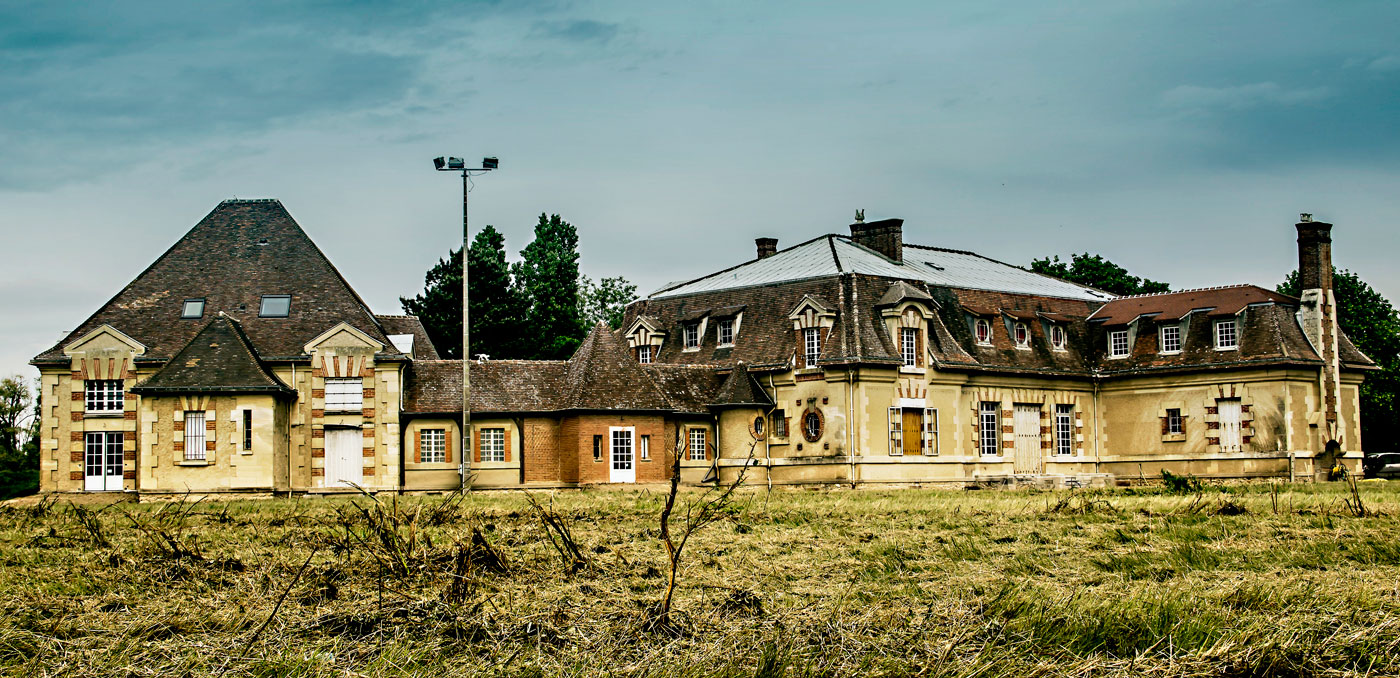Julie Everaert (1996) is a young French artist who lives and works between Paris and Lille. She studied at the École Supérieure d’Art du Nord-pas de Calais/Dunkerque-Tourcoing. Since 2019, her work has been featured in various settings/exhibitions such as (among others): the research program Arts et Sciences, PRIST, led by Esä; Useful Fictions in collaboration with Espace Mendès France / Lieu multiple…; #WELL22 at the Musée du Louvre-Lens; the LUMEN#7 festival in Tournai (Belgium); MAPP PRO, French delegation for digital arts of Québec (OFQJ), Mila – Quebec Institute of Artificial Intelligence, Montreal (Canada); Atlas, Espace Taschen, Brussels, Belgium; Useful Fictions #3 – Symbiose(s), Théâtre de la ville, Paris; Temps déployé, Galerie des Ursulines, Tourcoing….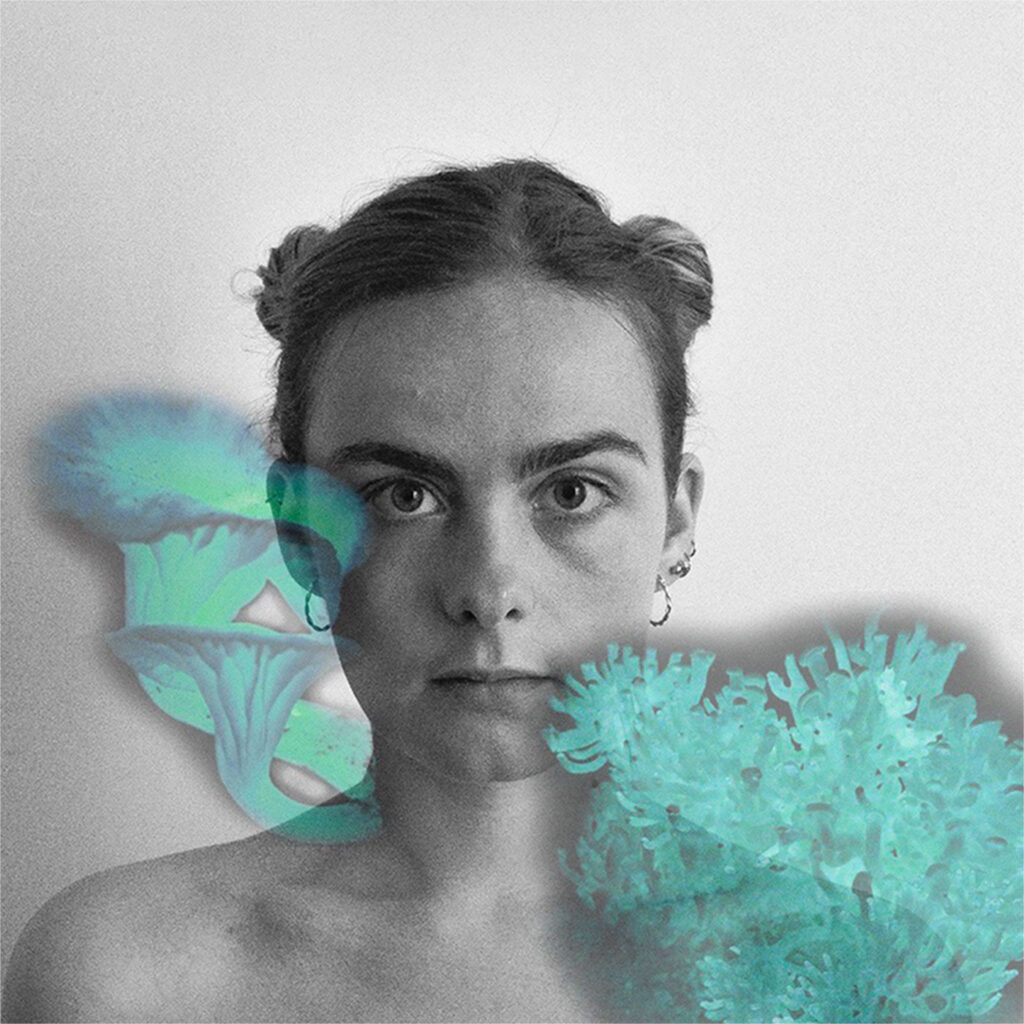
In this era marked by the Anthropocene and the genetic scissors, organic forms with strange contours emerge in a fascinating way. The objective of the Julie Everaert, through close collaboration with science researchers, is to examine the intrinsic ambivalences between the living and the artificial.
This intellectual exploration aims to outline the contours of a possible symbiosis between nature and new technologies, thus challenging the obvious duality that characterizes them. The essence of her artistic practice lies in the exploration of these ambiguities through hybrid mimicry, transformed into visual poetry. Her gaze is firmly turned towards a future where plants transcend their static nature to become entities in constant metamorphosis and evolution, thus adding a dynamic and captivating dimension to our constantly changing biotechnological landscape.
Within nature, she immerses herself with fascination in the study of life forms characterized by a rhizomatic structure, thus embracing the diversity present among algae, fungi, corals and plants. The trajectory of the development of living things, with its key stages such as birth, reproduction, multiplication and proliferation, reveals a remarkable organization specific to each species. Her deep intention is to highlight this singularity by exploring in depth the potential of the biological capacities inherent in each of these living beings.
At the heart of her artistic approach lies the desire to transcend the simple observation of rhizomatic structures to reveal the depth and complexity of their development. She is committed to capturing and interpreting the subtle nuances that characterize the birth of a life, its reproduction process, the way it multiplies and ultimately, the way it proliferates in its environment. This artistic exploration aims to not only document, but also highlight the aesthetics inherent in biological diversity. Her intention is to go beyond the surface and create representations that capture the very essence of these vital processes.
By revealing details often imperceptible to the naked eye, she seeks to celebrate the richness of the rhizomatic forms that populate our natural world. Through this approach, she strives to reveal the intrinsic beauty of life, anchored in the diversity and uniqueness of each species. Her artistic work aspires to expand our understanding of these rhizomatic structures, providing a renewed perspective on how life develops and thrives within the fascinating complexity of nature.
Château Éphémère – Sound & digital factory
Supported by the Greater Paris Seine & Oise Urban Community, the Château Vanderbilt rehabilitation project was awarded to the Caserne Éphémère association, which for more than 25 years has been pursuing the objective of transforming abandoned spaces into places of artistic imagination. Two years of study were necessary to revive this Anglo-Norman residence and give it an innovative artistic boost. Only 3 years, to pass from the stage of reflection realization.
Place of residences and digital creation, Château Éphémère has offered, since November 2014 and over 2000 m2, more than a dozen workshops with a creative vocation, artistic residences, a digital laboratory as well as spaces for transmission and exchange.
Once a year, Château Éphémère launches a open call for candidatures to sound and digital artists wishing to benefit from privileged support which combines production grants, workspace, accommodation and the provision of a quality technical park. However, throughout the year, the Château Éphémère welcomes artists carrying out innovative projects and needing space to carry it out for shorter periods.

